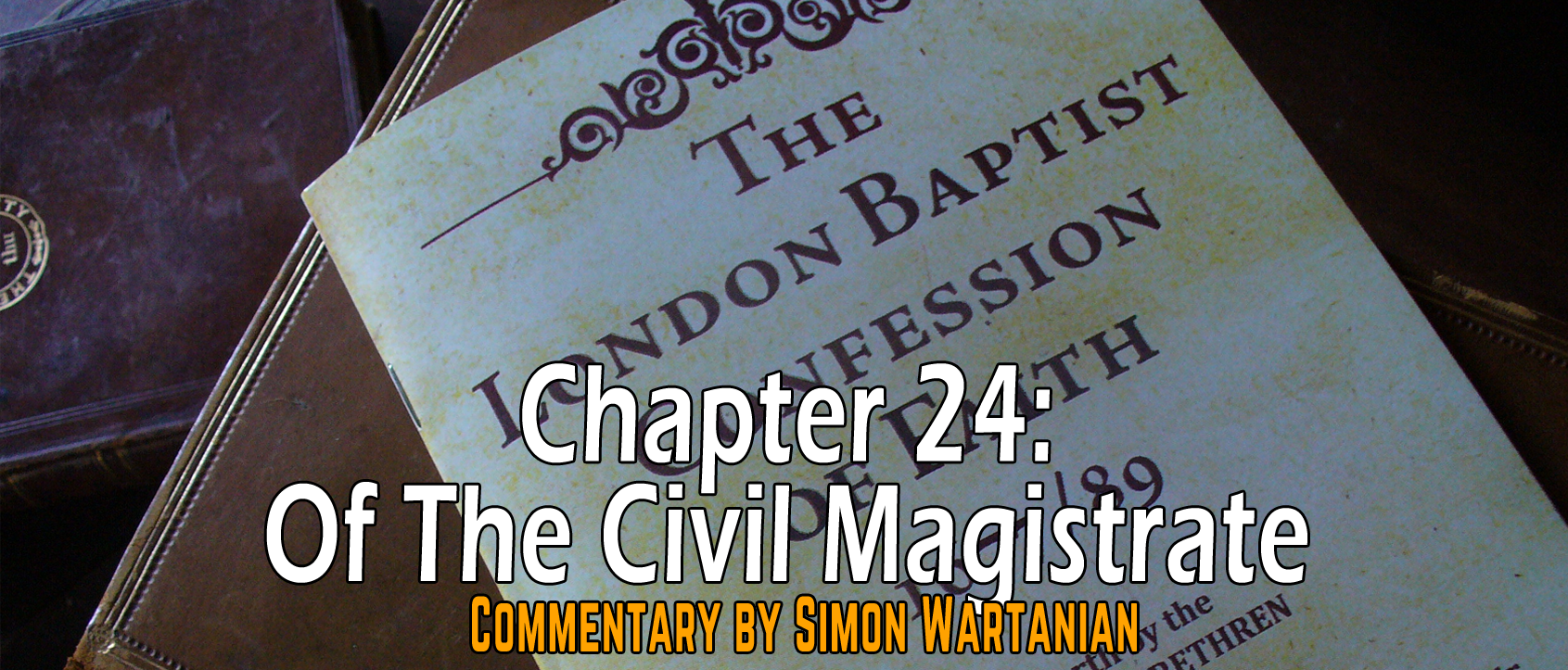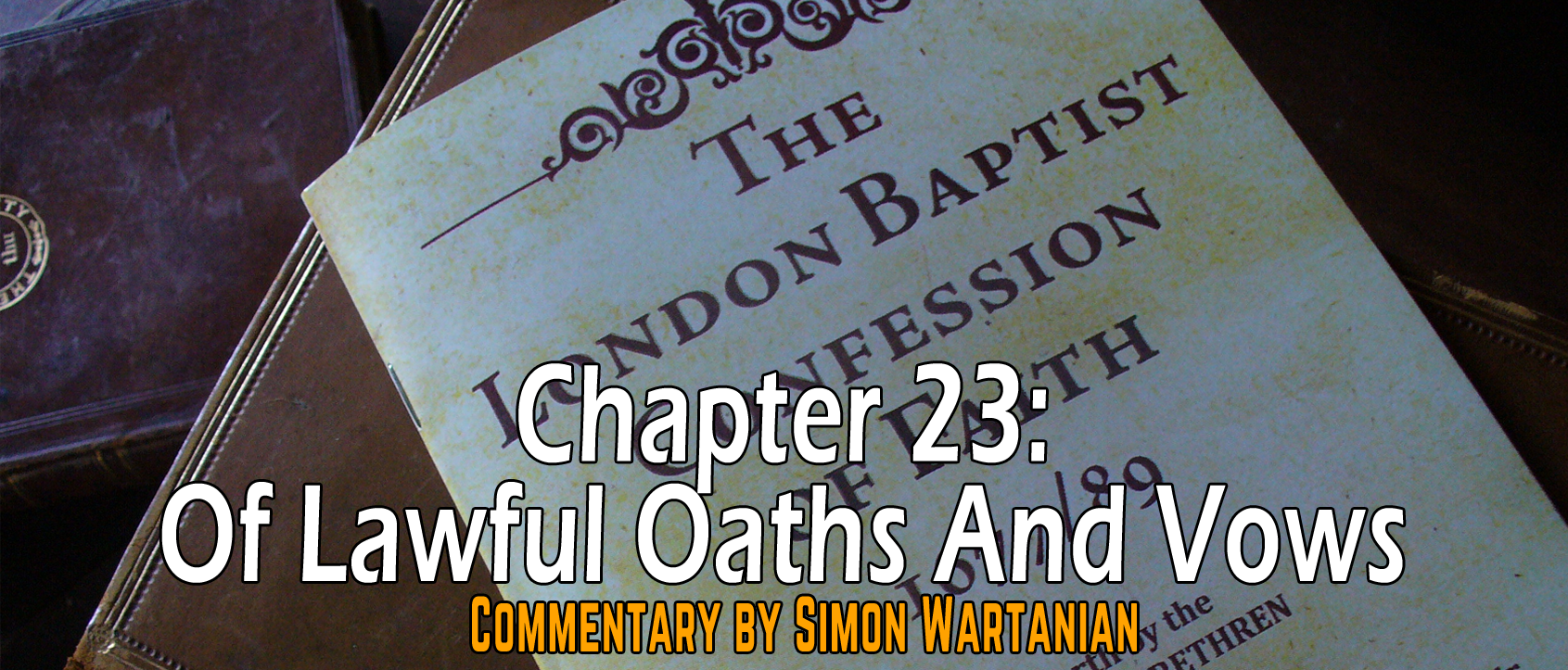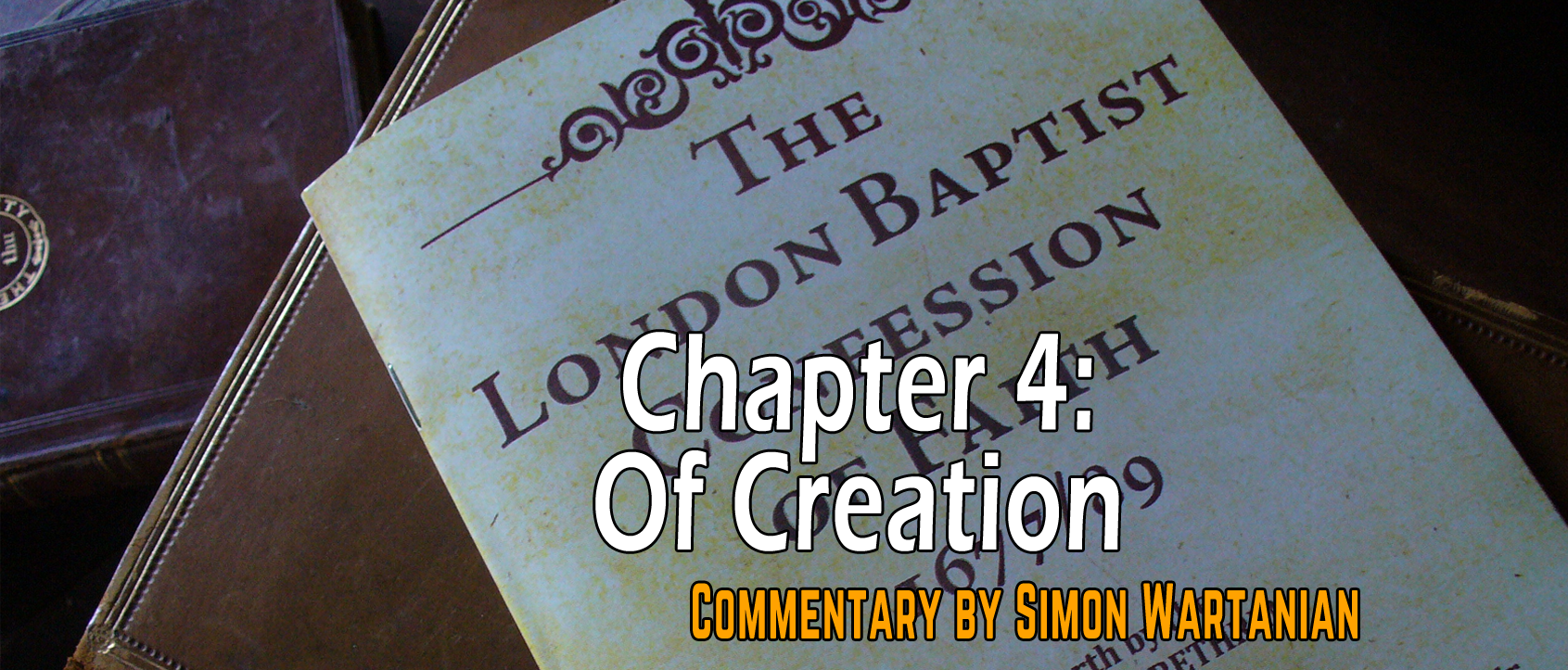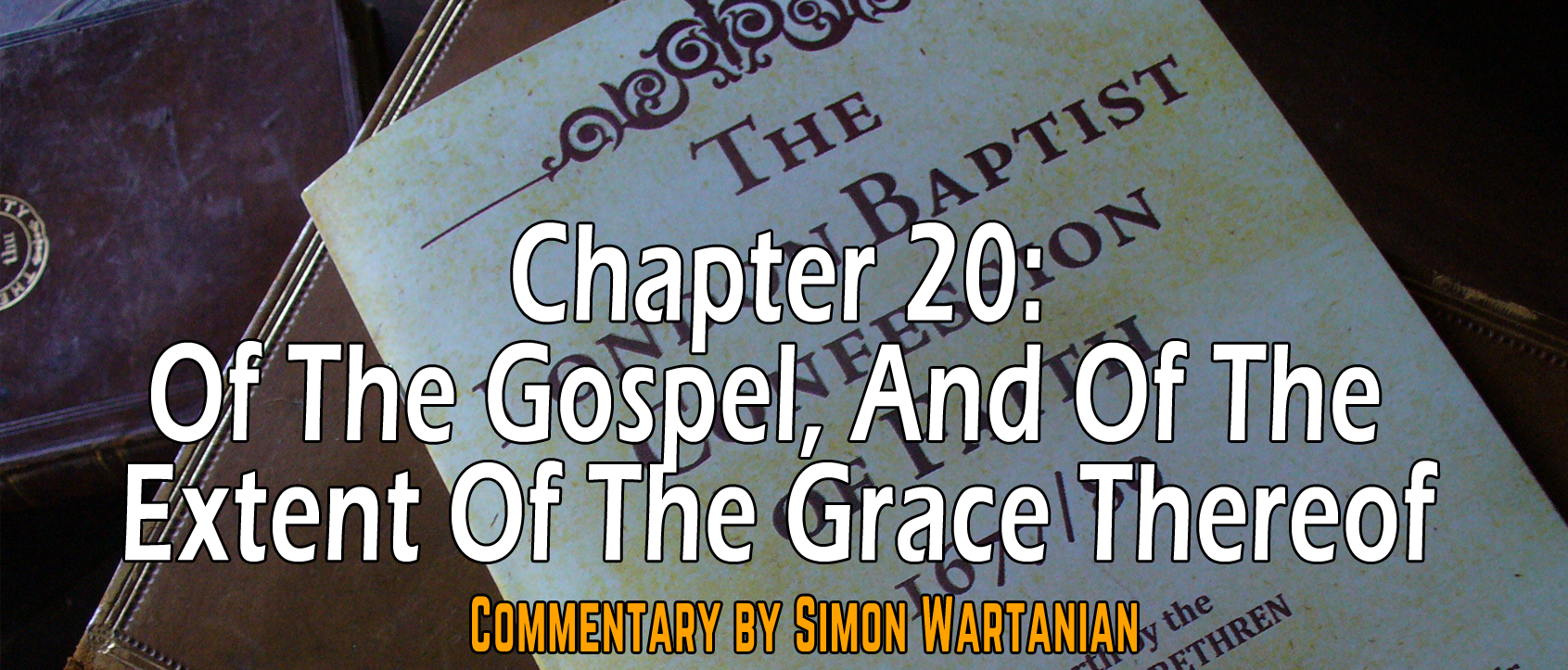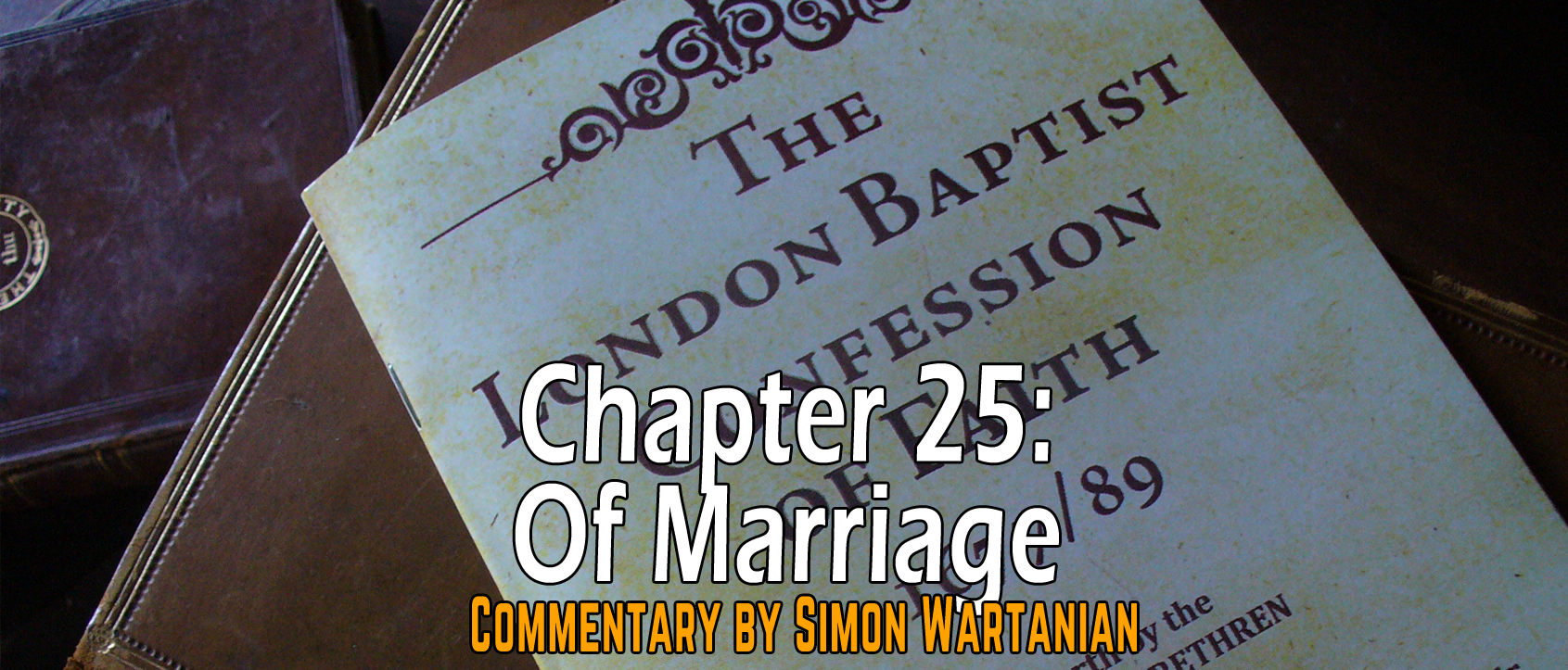Search
You searched for 'John Calvin'
I've found 27 results!
The parallel with Revelation 6:9 also indicates that the reign is currently happening in heaven. This is also consistent with the promises given to the churches in Revelation 2:26-27 and 3:21. Dr. Menn seems to take a combined view of the first resurrection (see pp. 386-289).
(3) In Revelation 20:7-10 we see a recapitulation of what we’ve previously seen in Revelation 16:14-16 and 19:17-21 (as well as Rev. 6:12-17). The same final battle is fought. These other passages clearly describe the final judgment and final battle; therefore, the structure of Revelation cannot be chronological but is rather recapitulatory. The connection between these passages is not only seen by the use of the same description for “the war” (ton polemon) or the idea of forces being “gathered,” but also in their dependence upon Ezekiel 38-39.
(4) Menn contends that “Rev 20:7-10 and 20:11-15 both describe the final judgment, each description has its own emphasis.” (p. 314). Earlier in the book, he had discussed how the final judgment can be viewed as a battle or as a courtroom proceeding (pp. 302-303). He cites William Shea who explains the emphases: “The earlier of the two [Rev 20-7-10] emphasizes the destruction of the devil and his agents, perhaps because the whole narrative of Rev 20 began with him as its subject. Then the closing scene which follows places its emphasis upon God as the judge, who presents his final judgment at this time.” (p. 314) The description of earth and sky flying away in Revelation 20:11 is a recapitulation of earlier descriptions of the final judgment in Revelation 6:14; 11:13; 16:20). The description of the final judgment occurs at the second coming which sweetly corresponds to Paul’s statement that death is destroyed at Christ’s coming and the bodily resurrection of the saints in 1 Corinthians 15:26, 54. Revelation 20:14 says that “Death and Hades were thrown into the lake of fire.” He cites Sydney Page who comments that “The symbolic description of the destruction of Death and Hades [at the eschatological judgment] corresponds to Paul’s statement in 1 Cor 15:26. . . . For both John and Paul the last scene in the drama of redemption before the inauguration of the eternal state is the elimination of death.” (p. 315, both ellipses and brackets are Menn’s).
In connection with the last judgment, he notes that dispensationalists see three distinct judgments instead of one final judgment: ‘the judgment of the “nations” to see who will enter the millennial kingdom (Matt 25:31–46); a separate judgment of believers before the “judgment seat of Christ” to receive their rewards (2 Cor 5:10); an
...Commentaries
- John Calvin
- John Gill
- John Gill, The Cause of God and Truth
- Bob Utley, You Can Understand the Bible: Study Guide Commentary Series (NT)
- Matthew Henry, Matthew Henry Commentary on the Whole Bible (Complete)
- Johann Albrecht Bengel, Gnomon of the New Testament
- Adam Clarke, Commentary and Critical Notes
- Cambridge University Press, Cambridge Greek Testament for Schools and Colleges
- Jamieson, Fausset, Brown, Commentary Critical and Explanatory on the Whole Bible
The Word software resources
Modules for the commentaries
- Calvin
- Gill
- Utley
- Henry – by default in The Word.
- Bengel
- Clarke
- Commentary Critical and Explanatory on the Whole Bible (direct link)
- Albert Barnes New Testament Notes
An example of the Anabaptist stance on oaths and vows comes from their own mounts. The Schleitheim Confession of Faith comes from 1527 and was written by Michael Sattler in Germany. J. C. Wenger, a translator of the confession, explains:
The Schleitheim Confession was widely circulated. Ulrich Zwingli translated it into Latin and attempted to refute it already in 1527. It was in print in its original German form as early as 1533. John Calvin used a now-lost French translation of the Seven Articles in his refutation of Anabaptism published in 1544.[2]
All this means is that it is a very good representative of Anabaptist teaching. Therefore, it is also representative of what it says on vows and oaths:
Seventh. We are agreed as follows concerning the oath: The oath is a confirmation among those who are quarreling or making promises. In the Law it is commanded to be performed in God’s Name, but only in truth, not falsely. Christ, who teaches the perfection of the Law, prohibits all swearing to His [followers], whether true or false, -- neither by heaven, nor by the earth, nor by Jerusalem, nor by our head, -- and that for the reason which He shortly thereafter gives, For you are not able to make one hair white or black. So you see it is for this reason that all swearing is forbidden: we cannot fulfill that which we promise when we swear, for we cannot change [even] the very least thing on us.[2]
The seventh and last article goes on to answer some common objections made against the first statement. A century later (1632), the Dutch Mennonites still confessed the same of what was said by Sattler:
XV. Of the Swearing of Oaths
Concerning the swearing of oaths we believe and confess that the Lord Christ has set aside and forbidden the same to His disciples, that they should not swear at all, but that yea should be yea, and nay, nay; from which we understand that all oaths, high and low, are forbidden, and that instead of them we are to confirm all our promises and obligations, yea, all our declarations and testimonies of any matter, only with our word yea, in that which is yea, and with nay, in that which is nay; yet, that we must always, in all matters, and with everyone, adhere to, keep, follow, and fulfill the same, as though we had confirmed it with a solemn oath. And if we do this, we trust that no one, not even the Magistracy itself, will have just reason to lay a greater burden on our mind and conscience. Matt. 5:34, 35; Jas. 5:12; II Cor. 1:17.[3]
This means that the teaching of the Anabaptists on this point was still alive. Thus the Reformed confessions added a chapter addressing this issue. This is likewise important for our forefather to confess since they were falsely called Anabaptists, as the title of the First London Confession read: “The CONFESSION OF FAITH, Of those CHURCHES which are commonly (though ) called ANABAPTISTS...” Since they confess the same as the Reformed on this subject, they distance themselves from the Anabaptists.
In paragraph 3, a passage from the Westminster and Savoy was omitted in the 1689, which said: “Yet it is a sin to refuse an oath touching any thing that is good and jus...
So that they are inexcusable. It hence clearly appears what the consequence is of having this evidence — that men cannot allege any thing before God’s tribunal for the purpose of showing that they are not justly condemned. Yet let this difference be remembered, that the manifestation of God, by which he makes his glory known in his creation, is, with regard to the light itself, sufficiently clear; but that on account of our blindness, it is not found to be sufficient. We are not however so blind, that we can plead our ignorance as an excuse for our perverseness. We conceive that there is a Deity; and then we conclude, that whoever he may be, he ought to be worshipped: but our reason here fails, because it cannot ascertain who or what sort of being God is. Hence the Apostle in Heb 11:3, ascribes to faith the light by which man can gain real knowledge from the work of creation, and not without reason; for we are prevented by our blindness, so that we reach not to the end in view; we yet see so far, that we cannot pretend any excuse. Both these things are strikingly set forth by Paul in Act 14:16, when he says, that the Lord in past times left the nations in their ignorance, and yet that he left them not without witness (amarturon ,) since he gave them rain and fertility from heaven. But this knowledge of God, which avails only to take away excuse, differs greatly from that which brings salvation, which Christ mentions in Joh 17:3, and in which we are to glory, as Jeremiah teaches us, Jer 9:24[3]
General revelation is sufficient to condemn, but not to save. That is why the Confession stresses the need for the special revelation of the gospel for salvation. Men cannot be saved merely by general revelation, they need special revelation. General revelation is not able to save not because it is bad or unclear, but because that was never its purpose and it could also be distorted by sinful man. Furthermore, Christ is not revealed by general revelation, but by special revelation in the Holy Scriptures. It is true that history may tell us about Him. His ministry, His crucifixion even that some had reported that He had risen, but history cannot give us the theological explanations which we need for our salvation.
§3 The Revelation of the Gospel unto Sinners, Made in Divers Times and by Sundry Parts
- The revelation of the gospel unto sinners, made in divers times and by sundry parts, with the addition of promises and precepts for the obedience required therein, as to the nations and persons to whom it is granted, is merely of the sovereign will and good pleasure of God; 1 not being annexed by virtue of any promise to the due improvement of men’s natural abilities, by virtue of common light received without it, which none ever did make, or can do so; 2 and...
